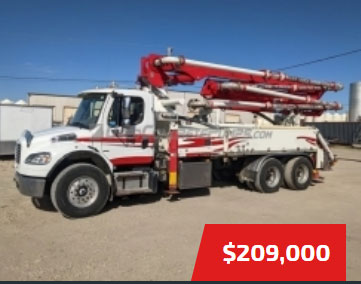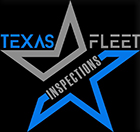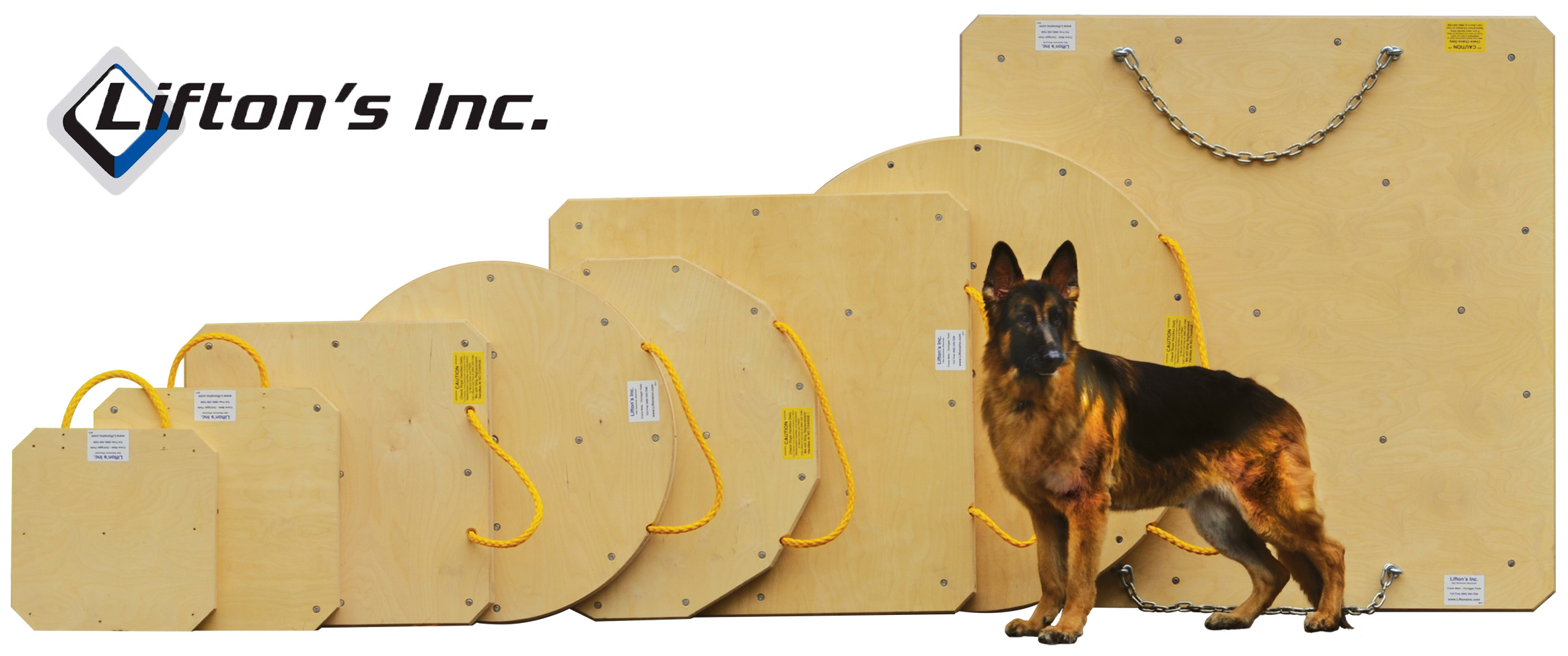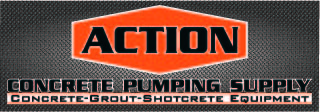| biloximike | 03-15-2012 | comment profile send pm notify |
|
OSHA extends until 15 Sep the requirement for fall protection on residental projects - How does this affect the pumping industry? If an operator knowingly operates a boom and puts the hose man in danger of falling because there is no fall protection in place - that operator may be civilly and criminally liable. The reason an operator may be liable is because he is aware that air injected into the concrete via the hopper may cause the hose to whip. He is also aware that when reducing the concrete from a 5 inch pipe to a smaller hose will increase the chances of plugs which may cause the hose to whip. These factors combined with no fall protection puts the hoseman at risk. OSHA RULE CHANGE This Instruction cancels OSHA Instruction STD 03-00-001, the Agency's interim enforcement policy on fall protection for specified residential construction activities, and replaces it with new compliance guidance. Under the new policy, employers engaged in residential construction must comply with 29 CFR 1926.501(b)(13). Significant Changes This Instruction cancels OSHA Instruction STD 03-00-001, dated June 18, 1999, the Agency's interim enforcement policy on fall protection for specified residential construction activities, and replaces it with new compliance guidance. |
||
| Many | 03-15-2012 | reply profile send pm notify |
|
That's huge,thanks Mike |
||
| concreteluvr | 03-16-2012 | reply profile send pm notify |
|
Thanks for Posting Mike |
||
| Z-Boom_Parks | 03-16-2012 | reply profile send pm notify |
|
"The reason an operator may be liable is because he is aware that air injected into the concrete via the hopper may cause the hose to whip. He is also aware that when reducing the concrete from a 5 inch pipe to a smaller hose will increase the chances of plugs which may cause the hose to whip. These factors combined with no fall protection puts the hoseman at risk." With this being said is there going to be no repercussion for the mixer driver who is supposed to be discharging into the hopper. As an operator all we can do is be quick on the trigger and shut the pump down before the hopper is gets to low (provided your redi-mix driver signals you and doesn't just leave). I personally try to have a spotter at the back of the pump if I don't have direct line of sight with my pump and the redi-mix trucks, if a spotter isn't an option for a particular pour I make sure all the redi-mix drivers understand to hit the red e-stop. |
||
| biloximike | 03-16-2012 | reply profile send pm notify |
|
Z boom - Great point on ready mix driver responsibility. Who is responsible for training the ready mix driver? How do you know the driver knows about the possible dangers of air or foreign objects or rocky loads etc. Do you rely on a bumper sticker on the back of your pump? Do you personally interview each and every driver when they arrive at your pump? Who is the spotter you are refering to? Have they been trained on operating a concrete pump? Do you have documentation that the spotter or driver have been trained on the operation of a concrete pump? Back in the day when the market was roaring along many ready mix companies had a hard time finding drivers and keeping them. It seemed there were always new drivers showing up. How many times have you had a ready mix driver sit in his cab and discharge into the hopper? What about front discharge ready mix trucks - they may have limited vision and cannot see the level of concrete in the hopper. There are many of the older ready mix trucks that cannot discharge as fast as many of the pumps are capable of pumping right now. Having a horn button or emergncy stop button at the back of the pump certainly helps but how many pumps are not equipped with them or they do not work? One driver is discharging and the other goes to buy a soda - who is responsible to make sure both drivers are standing at the ready? When gate machines ruled the world if a driver did not keep the hopper full it only happened once! The back explosion of concrete would get his attention. Of couse they would alway over fill the hopper and concrete would always be on the ground behing the pump. Who is ultimately responsible for the safe operation of the concrete boom pump? When you are in court how do think the statement "well I had a bumber sticker" will go over with a jury? I pose this question? What is the proper procedure for controlling what goes on in the hopper region of a concrete pump? |
||
| biged | 03-16-2012 | reply profile send pm notify |
|
That being said,that will put all pumping for house's out of business it may sound good but it want work on single level house's doing block fill I my thoughts only line pumps should be used Scaffolds get in the way, yesterday while we were pumping some walls the unit beside us had Mexican roofers running all over nail down shingles you never see them with any kind of fall protection on. OSHA is all ways full of it, |
||
| Many | 03-16-2012 | reply profile send pm notify |
|
I pose this question? What is the proper procedure for controlling what goes on in the hopper region of a concrete pump? Mr Grate,Mr Hose,unfortunatly everyone from the GC/building contractor to Aunt Sara will be named in any lawsuits.The norm is the deeper pockets pays the most.There is 2 types of suits,criminal and civil,depends on which end one lands. |
||
| Mr. Ed | 03-16-2012 | reply profile send pm notify |
|
This is important information, Mike. Thank you for bringing it out. As a matter of importance, I point out that it's called a warning label, not a bumper sticker. It's purpose (of course) is to warn people about known hazards, to prevent accidents. OSHA hasn't given the pumpers any tools to try to enforce their rules, but you are not wrong when you say the pumping companies will be held liable. In many cases, it's the contractor's employee who is injured. One of the few rules about suing people in America is you can't sue your own employer; worker's compensation is the sole remedy. That means the seriously injured worker and his attorney will file suit against everybody else on the job, even if they had nothing to do with it. This doesn't just apply to falling hazards, either. If you've signed a contractor agreement, you've probably agreed to indemnify (provide coverage for) that contractor, even if he was totally at fault. That doesn't mean you don't have any bullets in your gun to defend yourself. The committee developing the American National Standard for concrete pumping safety (ASME B30.27) is currently working on a responsibilities section that describes whose job things are on a concrete pumping pour. The pumping company shows up with 12 to 24 hours notice because they get a phone call from a contractor. The contractor is required to know about OSHA fall protection and take steps to protect his workers. To think that Joe Pumper can arrive at the jobsite and become the safety sheriff is ridiculous. For that reason, the committee is working hard to make sure that the people who have the liability are the people who could prevent the accident. Could the pumper prevent the accident by refusing to turn the pump on? Of course, but placing the concrete with a crane or a wheelbarrow does NOT enhance safety. Contract language is your main weapon in the fight against risk you can't control. NBIS insurance is leading the way for concrete pumping companies to deflect liability by having your ducks in a row on the contractural side. We're not talking about hiring a lawyer to redo everything, either. For the insured, it's all free, and it shows up on your job tickets. You have them signed, like always, and you're protected. One other point that should be made: I've read in the comments about keeping the ready-mix drivers on the ball so you don't suck air into the pump. That's fine; it's a good idea. That is NOT where most of the air gets into the pump, though. If your boom is aiming generally downward when you shut off the pump, concrete dribbles out by the force of gravity and is replaced by air. You may run out of concrete once per day on a big pour, but you shut off the pump and watch concrete dribble 10 to 100 times a day. EVERY ONE OF THOSE DRIBBLES IS REPLACED BY AIR, ALWAYS. The trick is to keep the hose person away when restarting. If you learn nothing else today, remember that. |
||
| mile mark 96 | 03-16-2012 | reply profile send pm notify |
|
Aint gonna happen,lawyers are full of sh-t.Poured our lawyers new building and the clown had men 40 ft. in the air without fall protection pouring a block wall through 2 inch and a boom.After these lawyers get done wih me they might re-think their job description,lawyers are full of sh-t.............. |
||
| mile mark 96 | 03-16-2012 | reply profile send pm notify |
|
Aint gonna happen,lawyers are full of sh-t.Poured our lawyers new building and the clown had men 40 ft. in the air without fall protection pouring a block wall through 2 inch and a boom.After these lawyers get done wih me they might re-think their job description,lawyers are full of sh-t.............. |
||
| biloximike | 03-16-2012 | reply profile send pm notify |
|
Mr Ed - you are right - most injured employees cannot sue their employer under workers comp laws in most states. That is exactly why if an operator is knocked off a wall while pouring concrete they will come after the concrete pump operator and company. That has already happened in multiple locations. As far as the indemnify part of job tickets - most attornyes will tell you that provides you very little cover. What may provide cover is if the paper work is done right step by step - Dispatcher should ask customer if there is fall protection for the hose man. Salesman should be talking to the customers and educating them about fall protection. Operator should have paperwork ready stating that they will only pour the wall without fall protection for the hose man or others nearby if the contractor signs accepting full responsibility. And that may not work - it is a question for attorneys to answer. If you knowingly operate a boom that has the potential of knocking someone off a wall are you covered by just informing them of the danger. The ACPA should have this reviewed by an attorney and an opinion rendered and provided to operators. As far a rule makeing for concrete pumping goes - ASME Standards for concrete pumping - that is designed to protect owners not operators. Operators are the front line of defense when it comes to pumping safely. They should not be put in the position of making safety decisions when the contractor is in violation of the rules or laws but they are every day. Usually they do unsafe things to keep their job. Great input and conversation guys - Raise awarness always! |
||
| Goose2448 | 03-16-2012 | reply profile send pm notify |
|
The good thing I have found with only pumping within my own company is, when I roll up on site I am incharge. Some of our site superintendients try to cut corners by wall walking or just stupid stuff. I refuse to run the pump until all of the safety requirements are met. They get the message quick enough. I may be a bit of a control freak, but none of my guys get hurt, short term or long term. Some of the Ready Mix drivers are good, some are a pain in my ass. I always talk with each drive after I back them up to the pump. I explain to each new driver I work with, and remind the others, about air in the line, and that if they want to smoke, dont get next to the pump. If I am not within site of the pump, I tell them to hit the red stop button or the remote/local switch to cut me off. If they do something that is unexcectable, dispatch gets a call from myself and my boss. |
||
| mile mark 96 | 03-16-2012 | reply profile send pm notify |
|
Aint gonna happen,lawyers know nothing about pumping concrete,never will,give me the money,smooze some politically correct contractors and owners ,take some more money.An operator should be the smartest and most aware person on the job,our job is a 360 degree job,be aware of EVERYTHING,from the porta-can man backing up unassisted to the rodbuster looking down the barrel of a concrete hose.You as an operator must feel all things in your bones,totally AWARE.A lawyer works in a 1 dimensional world knowing his client is guilty as hell,but gets paid to support the opposite, I'm sorry,no-dimensional world....... |
||
| biged | 03-16-2012 | reply profile send pm notify |
|
I say only use a line pump with a rotating wall hook with a hold on to handle, my hooks weight around 20 lbs,I don't beleive there is and operator that can keep the hose tip perfactly over and 12 in wall, what I have noticed is you can let a ball valve pump run out of mud with out any problems. |
||
| Many | 03-18-2012 | reply profile send pm notify |
|
http://www.craneaccidents.net/index.htm http://www.safetymanagementgroup.com/articles/Safely-Setting-Concrete-Boom-Pump-Outriggers.aspx There is a multitude of good insight into concrete pumping if one will only look.Search concrete pump accidents for more info,Mike raised some good points.
|
||
| biloximike | 03-18-2012 | reply profile send pm notify |
|
Great Info Many - if only the owners of concrete pumps would read and take measures for safety accordingly! |
||
| rusty22 | 03-20-2012 | reply profile send pm notify |
|
The ACCSH is where you start for any safety concerns for a pump,for OSHA I went to one of the meetings and was allowed to speak on the matter of hose whipping and concrete pumps. Also about when the operator is away from the pump,and can't see what is going on. I got to talk for ten min's. They hardly put in all in the minutes,but the big one i brought up was the responsibility of system added to the boom other than the 5" hose with one end. I wanted to have a rule,law,what ever it takes,that if a contractor orders a pump it comes with a 5" hose with no end. If you want something other,you take full responsibility. Some of the new operators might not know that when you got a new pump,that's all that was on it.A 5" hose with no end. And i brought up the need for a trained person on the back of the pump,when the operator is at a great distance,or out of sight of the pump.Biloximike said it well,the owner is protected,not us.I'm still game to get something done,they should have a meeting in May. |
||
| biloximike | 03-20-2012 | reply profile send pm notify |
|
Thanks for your input Rusty - Who is ACCHS? I agree with you 100% The only hose that should hang from the end of a boom should be a one ended hose that is the same diameter as the pipeline on the boom. The complete elimination of any reduction at the end of the boom would greatly increase safety. Clearly there can be special attachements for tremmie pipe - however that should only be done with manufacturer approved systems. One is the special tip section that is designed for the extra weight. However once again it should be only hose or tremmie pipe the same diameter as the boom pipeline. It is amazing to me that one of the easiest things to fix is the end hose situation and yet it can't be done. |
||
| pumpin man | 03-21-2012 | reply profile send pm notify |
|
Just pump with a 5 inch hose all the time. |
||




















.jpg)
.gif)

.jpg)









.jpg)








